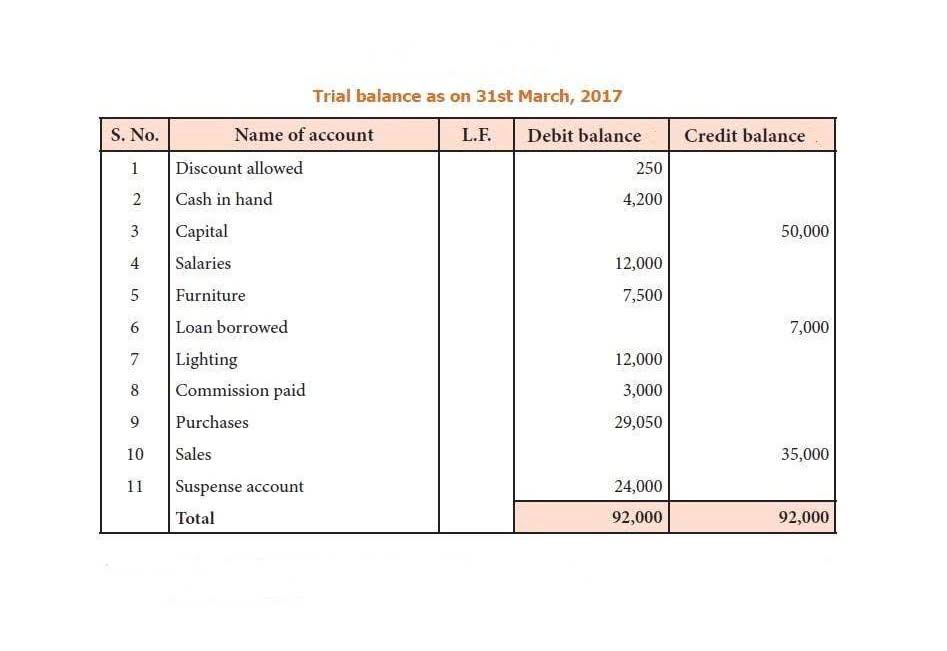
It is calculated over a period of time (usually a couple of years) and assesses the change in stock price against the net earnings retained by the company. Retained earnings are also called earnings surplus and represent reserve money, which is available to company management for reinvesting back into the business. When expressed as a percentage of total earnings, it is also called the retention ratio and is equal to (1 – the dividend payout ratio). The equity statement is important because it indicates management’s confidence in the company’s future growth. If management believes the company needs capital to fuel growth, they’ll retain earnings instead of paying them out as dividends. The statement of retained earnings—what we’re focusing on today—tells you how much of the current year’s earnings were distributed as dividends and reinvested into the business.
Deduct Dividend Payments
Retained earnings refer to the historical profits earned by a company, minus any dividends it paid in the past. To get a better understanding of what retained earnings can tell you, the following options broadly cover all possible uses that a company can make of its surplus money. For instance, the first the statement of retained earnings reports: option leads to the earnings money going out of the books and accounts of the business forever because dividend payments are irreversible. On the other hand, the statement of stockholders’ equity shows how the balance of the shareholders’ equity account changed over the current accounting period.
Balance Sheet

If your company has a dividend policy and you paid out dividends in that accounting period, subtract that number from net income. A company that doesn’t pay dividends could multiply an investor’s capital, provided things go well. While it’s sometimes referred to as the statement of stockholders’ equity, statement of owner’s equity, or equity statement, these technically aren’t the same thing. Yes, retained earnings carry over to the next year if they have not been used up by the company from paying down debt or investing back in the company.
Record the previous year’s balance.

If you’re calculating retained earnings for the first time, your beginning balance is zero. Net income is found on your company’s profit and loss statement (also called an income statement). You’ll refer to the balance sheet to find cash dividends and stock dividends on your balance sheet. A statement of https://www.bookstime.com/ retained earnings, or a retained earnings statement, is a short but crucial financial statement. It’s an overview of changes in the amount of retained earnings during a given accounting period. Broadly, a company’s retained earnings are the profits left over after paying out dividends to shareholders.
This ending retained earnings balance can then be used for preparing the statement of shareholder’s equity and the balance sheet. If your company is very small, chances are your accountant or bookkeeper may not prepare a statement of retained earnings unless you specifically ask for it. However, it can be a valuable statement to have as your company grows, especially if you want to bring in outside investors or get a small business loan.
Retained earnings vs. owner’s equity.
- Therefore, a company with a large retained earnings balance may be well-positioned to purchase new assets in the future or offer increased dividend payments to its shareholders.
- As an investor, you would be keen to know more about the retained earnings figure.
- The retention ratio (or plowback ratio) is the proportion of earnings kept back in the business as retained earnings.
- Lenders want to lend to established and profitable companies that retain some of their reported earnings for future use.
- If you’re an investor who likes consistent income, investing in mature companies is a great way to benefit from potential long-term capital appreciation and consistent dividends.
- Additionally, monitoring retained earnings on the balance sheet helps evaluate a company’s long-term financial strategy and stability.
Service-specific terms apply, including but not limited to our Brex Card Terms, Rewards Terms and Travel Terms. Offers contingent on using Brex services are subject to being eligible and qualifying for those services. Shaun Conrad is a Certified Public Accountant and CPA exam expert with a passion for teaching. After almost a decade of experience in public accounting, he created MyAccountingCourse.com to help people learn accounting & finance, pass the CPA exam, and start their career. A merger occurs when the company combines its operations with another related company with the goal of increasing its product offerings, infrastructure, and customer base.



Share your feedback about this course